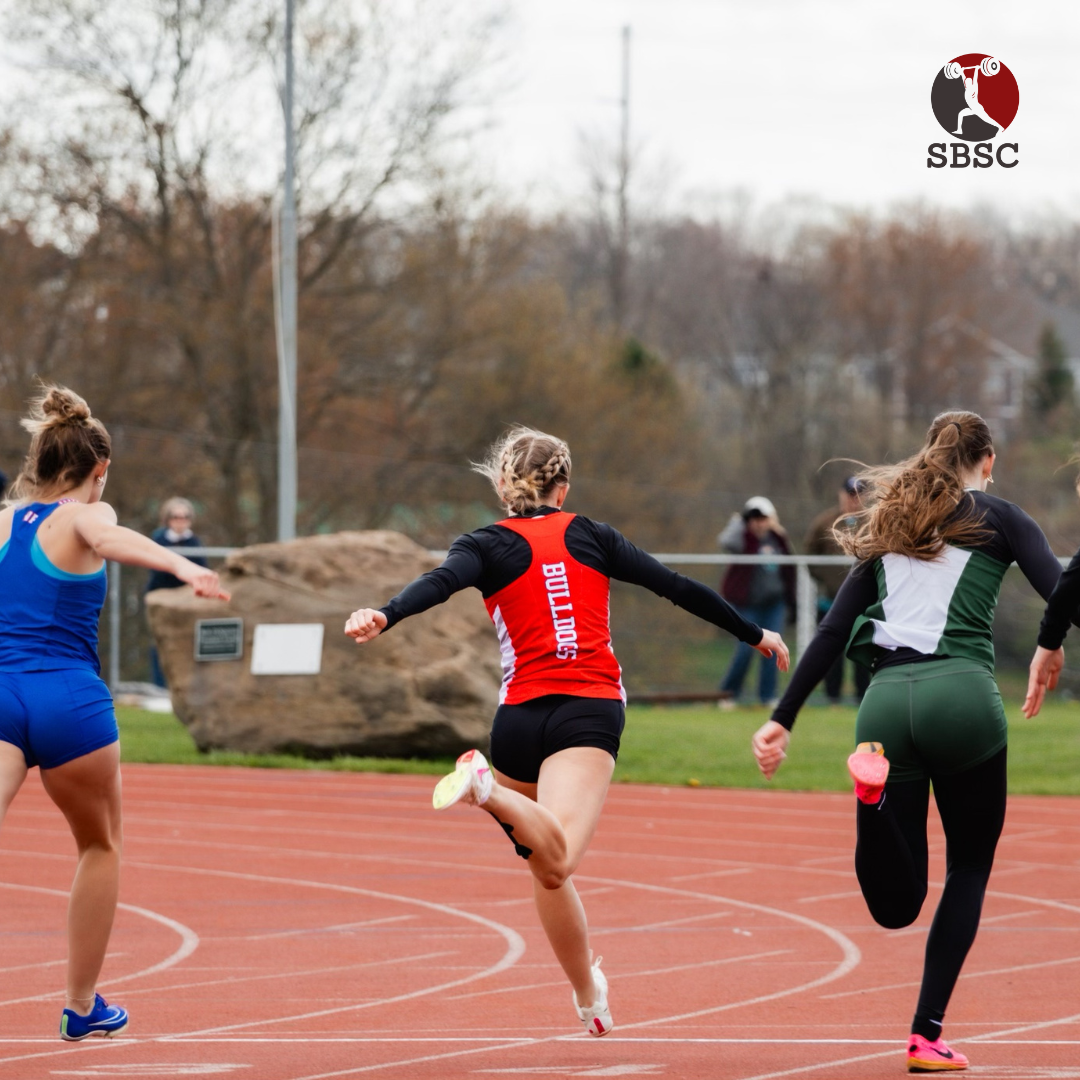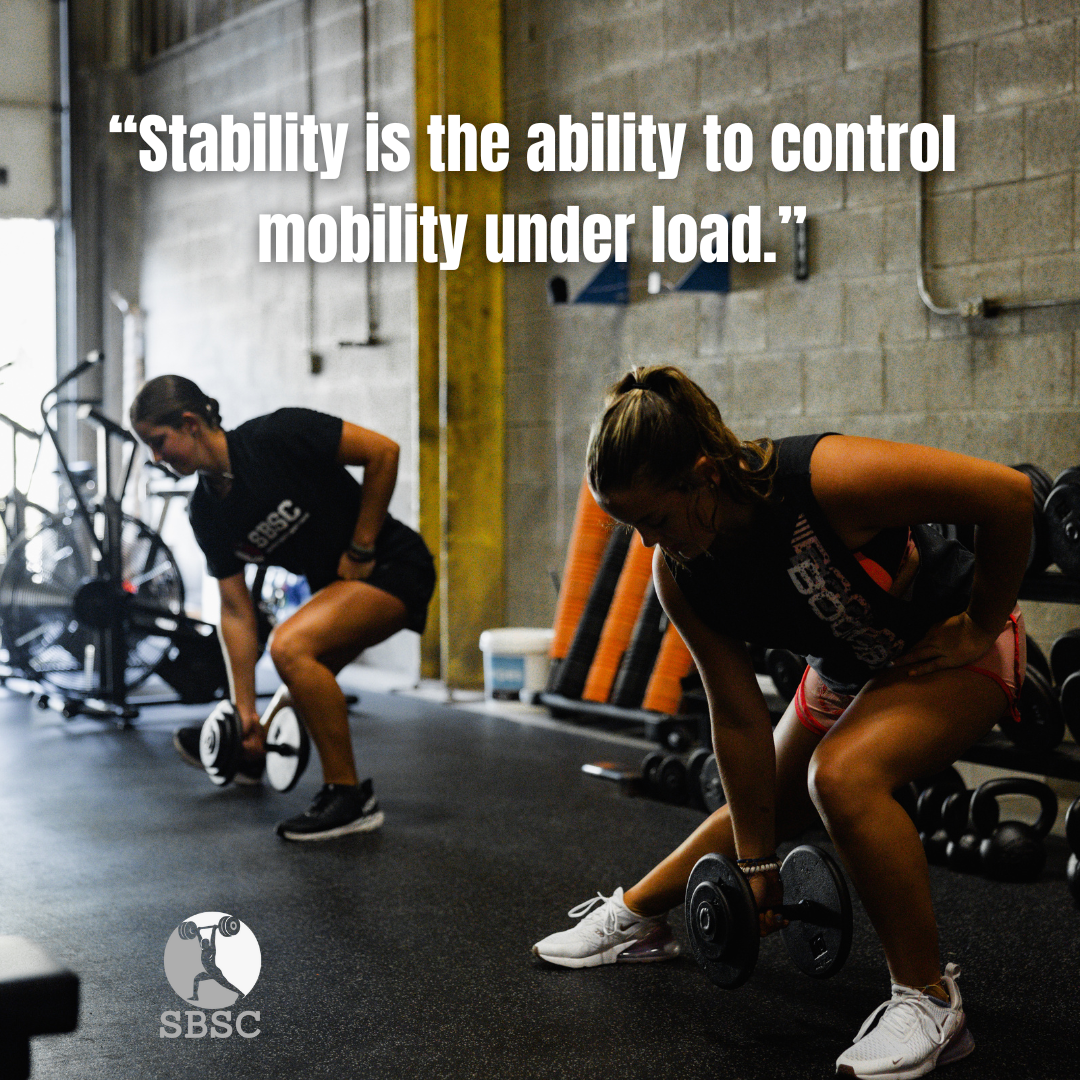ACL Injury Prevention: Strategies for Female Athletes
This week, I had a conversation with one of the female athletes I coach about her biggest fear in sports: an ACL tear. This concern is not uncommon among female athletes, and it's a topic that deserves attention and discussion.
Anterior Cruciate Ligament (ACL) injuries are a common concern for athletes, especially females participating in high-impact sports. The vulnerability of female athletes to ACL injuries is often attributed to anatomical, hormonal, and neuromuscular factors. However, the right training and preventive measures can significantly reduce the risk of ACL injuries.
In this article, we'll explore effective exercises and training programs tailored to enhance female athletes' strength, stability, and agility, ultimately helping to prevent ACL injuries.
Understanding ACL Injuries in Female Athletes
Before diving into prevention strategies, it's crucial to understand the factors that contribute to ACL injuries in female athletes. Among the myriad contributors, biomechanical disparities emerge as a foundational aspect. Anatomical distinctions, notably wider hips and a comparatively smaller intercondylar notch in the knee set the stage for increased vulnerability. The wider pelvic structure alters the angle at which the femur meets the tibia, potentially intensifying the stress on the anterior cruciate ligament (ACL). Simultaneously, the reduced size of the intercondylar notch may diminish the margin of error, making the ligament more susceptible to injury during abrupt movements.
Beyond structural nuances, hormonal fluctuations constitute another facet of the intricate landscape. The menstrual cycle's phases, marked by variations in estrogen and progesterone levels, can influence ligament laxity and impact the stability of joints. During certain menstrual phases, heightened laxity in ligaments may compromise the ACL's resilience, amplifying the risk of injury during athletic endeavors.
Additionally, the role of neuromuscular imbalances further accentuates the vulnerability of female athletes to ACL injuries. Discrepancies in muscle strength, activation patterns, and coordination may contribute to suboptimal joint stability. Inadequate neuromuscular control during dynamic movements, such as cutting or pivoting, can amplify the forces exerted on the ACL, increasing the likelihood of injury.
Training Tips and Techniques
Strength Training:
- Focus on Quadriceps and Hamstrings: Building strength in the quadriceps and hamstrings helps stabilize the knee joint. Exercises like squats, lunges, and leg presses are effective in developing the muscles around the knee.
- Include Plyometrics: Plyometric exercises enhance neuromuscular control and agility. Box jumps, jump squats, and lateral jumps can improve the athlete's ability to absorb and control forces during dynamic movements.
Core Stability:
- Engage Core Muscles: A strong core contributes to overall stability and helps maintain proper body alignment. Incorporate exercises like planks, Russian twists, and medicine ball rotations to strengthen the core muscles.
Balance and Proprioception:
- Single-Leg Exercises: Unilateral exercises, such as single-leg squats and step-ups, challenge balance and proprioception, promoting better joint stability.
- BOSU Ball Training: Performing bodyweight exercises on a BOSU ball enhances proprioception, forcing the athlete to engage stabilizing muscles to maintain balance.
Agility Training:
- Cone Drills: Incorporate cone drills to improve lateral movement and quick changes in direction. This type of agility training helps reduce the risk of non-contact ACL injuries during dynamic sports.
Technique Correction:
- Proper Landing Technique: Teach athletes how to land safely, emphasizing soft knee flexion and proper hip and knee alignment. This is particularly important during jumping and cutting movements.
Mobility:
- Dynamic Warm-ups: Prioritize dynamic stretching in warm-up routines to increase flexibility and improve muscle elasticity. Dynamic stretches can include leg swings, walking lunges, and controlled articular rotations.
Footwear and Equipment:
- Choose Appropriate Footwear: Proper footwear provides support and stability, reducing the risk of injury. Ensure athletes wear shoes that are suitable for their specific sport and provide adequate shock absorption.
Incorporating these ACL injury prevention strategies into training programs for female athletes can significantly reduce the risk of injuries and enhance overall performance. It's essential to approach prevention holistically, considering strength, flexibility, agility, and proper technique.
Coaches, trainers, and athletes alike play a crucial role in implementing these strategies to foster a safe and productive training environment. By addressing the unique biomechanical and physiological factors that contribute to ACL injuries in females, we can empower athletes to reach their full potential while minimizing the risk of injury.
Dedicated to your success,
Sam



